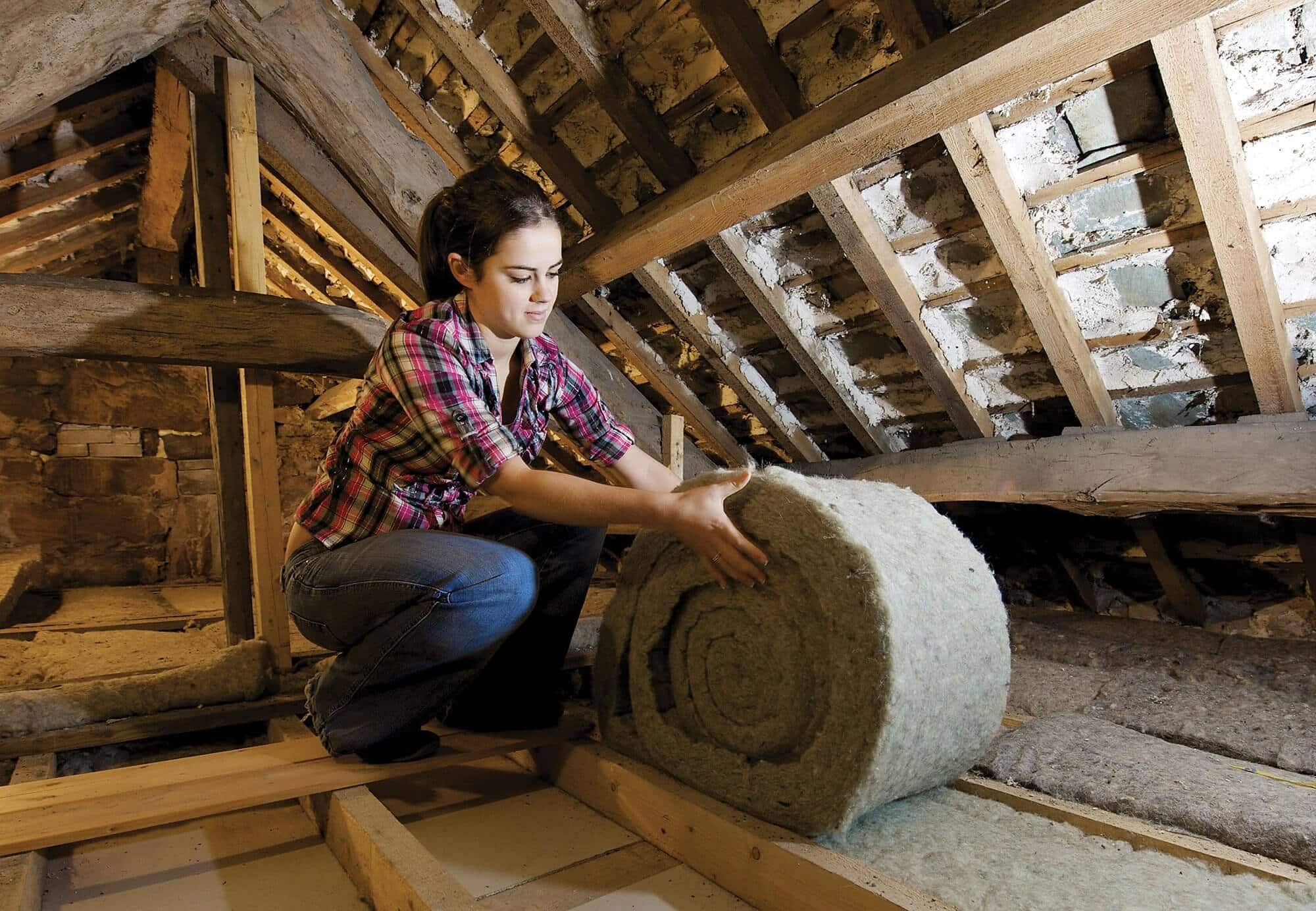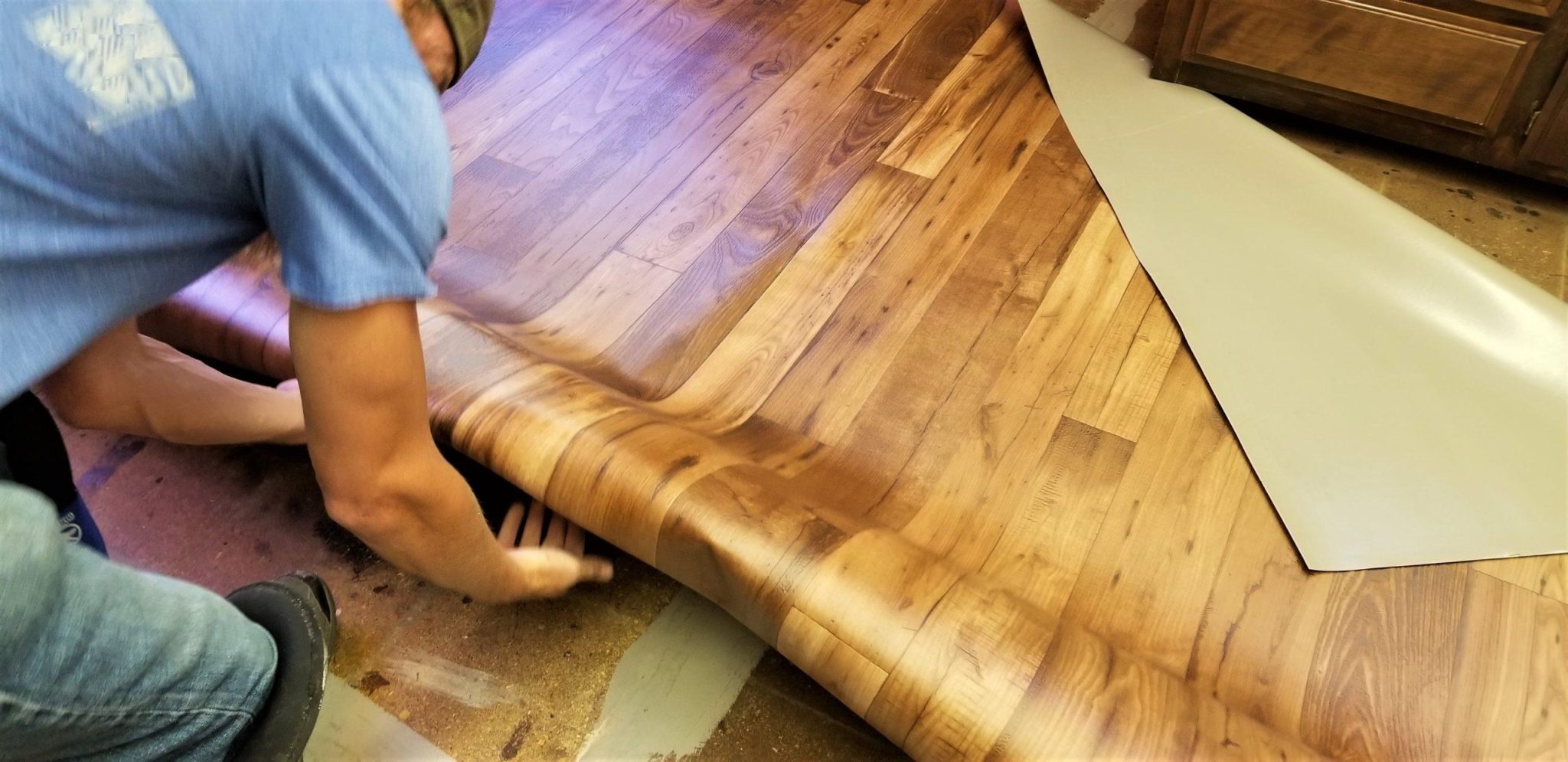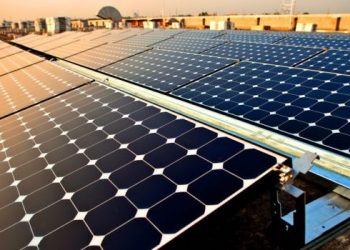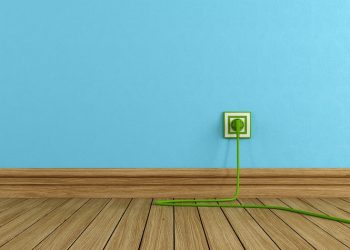Table of Contents

Homeowners often find themselves grappling with soaring heating bills. Fortunately, there are numerous strategies to reduce these costs while keeping your home warm and cosy.
In this article, we will explore effective ways to lower your heating bills, with a special focus on the often overlooked yet crucial role of underlay in home insulation.
Proper Insulation for Optimal Heat Retention
One of the foundational steps to reduce heating bills is ensuring proper insulation throughout your home.
Evaluate the insulation in walls, roofs, and floors, as these are key areas where heat loss can occur.
Quality insulation not only keeps your home warm but also contributes to long-term energy savings.
High-Tog and High-Insulated Flooring
Insulated carpet and underlay for concrete floors, can provide a dual-pronged solution to reduce home heating bills. Acting as a thermal barrier, they minimize heat loss through floors, preventing cold air infiltration and maintaining a warmer indoor environment.
In addition, underlay enhances the efficiency of underfloor heating systems by evenly distributing warmth.
This effective insulation ensures a comfortable living space, reducing the need for frequent heating and leading to long-term energy savings. Investing in insulated carpet and underlay provides not only a comfort upgrade but a wise way for homeowners seeking to cut down on heating expenses.
Seal Air Leaks for Draft-Free Living
Drafts around windows, doors, and walls can significantly contribute to heat loss. Identify and seal any gaps or cracks using weatherstripping and caulking. By eliminating drafts, you create a more comfortable and energy-efficient living space.
Upgrade to Energy-Efficient Windows
Upgrading windows to energy-efficient models with double or triple glazing can make a substantial difference. Additionally, low-emissivity coatings help to reflect heat back into the house, preventing it from escaping through the windows.
Smart Thermostats: A Modern Approach to Temperature Control
Installing a programmable or smart thermostat provides an intelligent way to regulate heating based on your daily schedule. By optimizing temperature settings, you ensure that energy is used efficiently, reducing unnecessary heating when the house is empty.
Strategic Use of Curtains and Blinds:
Harness the power of sunlight during the day by opening curtains, allowing natural warmth to permeate your home. At night, closing curtains and blinds adds an extra layer of insulation, minimizing heat loss through windows.
Door Sweeps for Enhanced Draft Protection
Often overlooked, door sweeps are an affordable yet effective solution to prevent cold air from entering and warm air from escaping under exterior doors. This simple addition contributes to maintaining a consistent indoor temperature.
Optimize Attic Insulation
The attic is a prime area for heat loss, and proper insulation is crucial. Enhance the insulation in your attic to create a barrier against heat escaping through the roof, ultimately reducing the workload on your heating system.
Upgrade Heating Systems for Energy Efficiency
Consider upgrading your heating system to a more energy-efficient model. Newer systems are designed to provide better performance while consuming less energy, resulting in both cost savings and a reduced environmental impact. Regular maintenance of existing systems is equally important to ensure optimal efficiency.
Utilize Area Rugs and Carpets
Flooring plays a significant role in heat retention, especially in homes with hardwood or tile floors.
Adding area rugs and carpets not only enhances the aesthetic appeal of your space but also provides an additional layer of insulation, preventing heat from escaping through the floors.
Underfloor Heating and the Importance of Underlay
For those seeking an advanced heating solution, underfloor heating is a luxurious yet energy-efficient choice.
The often underestimated role of underfloor heating with underlay systems highlights the importance of considering every aspect of home insulation for optimal results. By implementing these few changes, you can enjoy a warmer home during the winter months while keeping your heating bills in check.
Reducing heating bills is a multifaceted endeavour that involves a combination of changes and investments in your home. From insulation and sealing air leaks to upgrading windows and investing in modern thermostat technology, each step contributes to a more energy-efficient and cost-effective heating system. Additionally,









